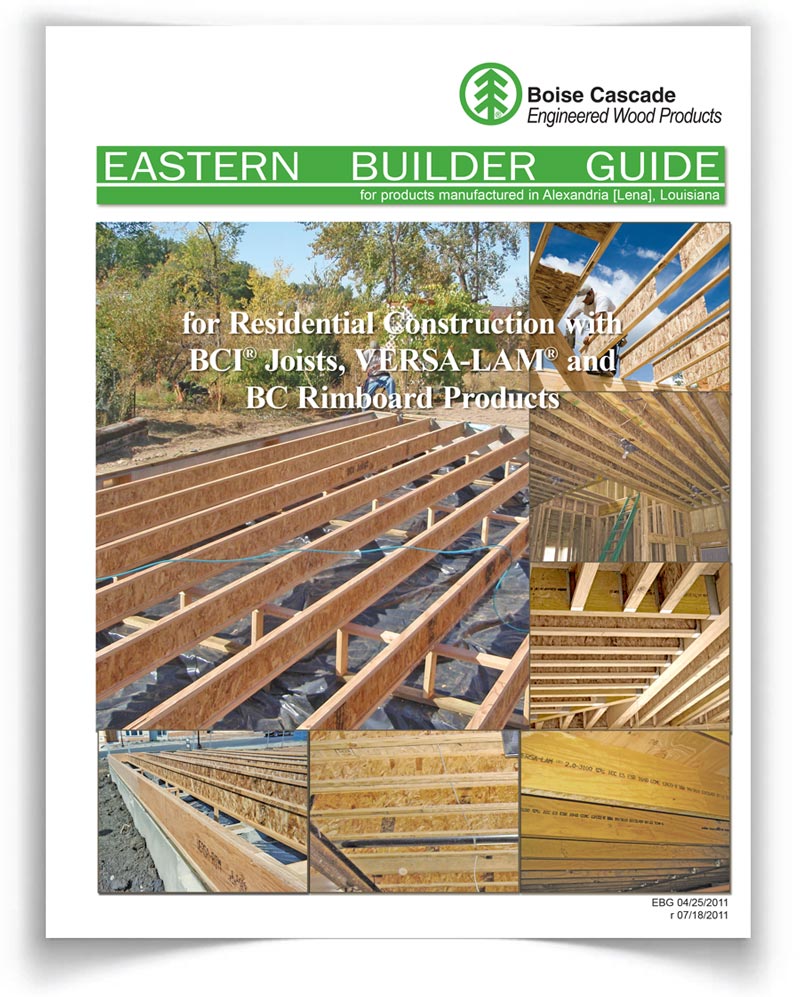

There was a JLC article a while back on doing beams concealed in the attic. It ended up being a 4ply 18' Once the HO heard this they decided to support it midspan, and it was cut down considerably to a 3ply x10 lvl.

Thats close to 1/2 a highway legal super b. We just speced one for a 23ft openning with 2nd floor and attic. For example, if you house were 1000sq ft the total weight of the occupants along with their contents is around 40,000lb per floor. Most lay outs are on 16 so the field is pre-selected. Beam depths are typically 5-1/2 inches, 7-1/4 inches, 9-1/4 inches, 11-1/4 inches, 11-7/8 inches, 14 inches, 16 inches, 18 inches and 20 inches. Select the on center spacing for the joists. LVL beam calculator:- Calculate LVL beam depth based on the rule of thumb for estimating the depth of manufactured beams which is to divide the span by 20. The highest is a fully loaded floor (70 pounds per square foot). I am not sure if many have thought about the total weight the live load translates to, but it is considerable. The lowest is a plain ceiling joist with no storage (10 pounds per square foot). I have reviewed codes back to the early 60's that have very similar values. my gut says 3 ply LVL 1.75x14' will cover the span but I just want to confirm with a calculator. Span is 20 feet to cover however we can add a post if need be or divide the span. Table indicates LVL beams laterally braced at the top edge at maximum 24 o.c. Live loads have been similar to what they are today for a quite some time. There is currently a steel beam spanning the main floor and spanning the second floor is just 2x4 construction as the load bearing wall. Assumes simple span measured from the inside face of bearing.
#Lvl span calculator manual#
Items such as hot tubs and the likes you need to track down a manual or make a reaonsable estimate. The calculation of dead loads is pretty straight forward once you have a plan and some basic sections. Movable items such as a home owners contents fall under the category of live loads, so these need not be considered when calculating the self weight. The 15psf is usually pretty safe for floors and shingled truss roofs, but as pointed out one must pay attention to the actual building components and framing arrangements. If you want to calculate the self weight there are tables for various floor assemblies, roof assemblies and common building materials.


 0 kommentar(er)
0 kommentar(er)
